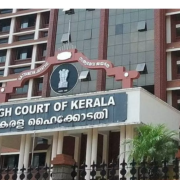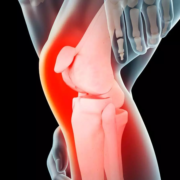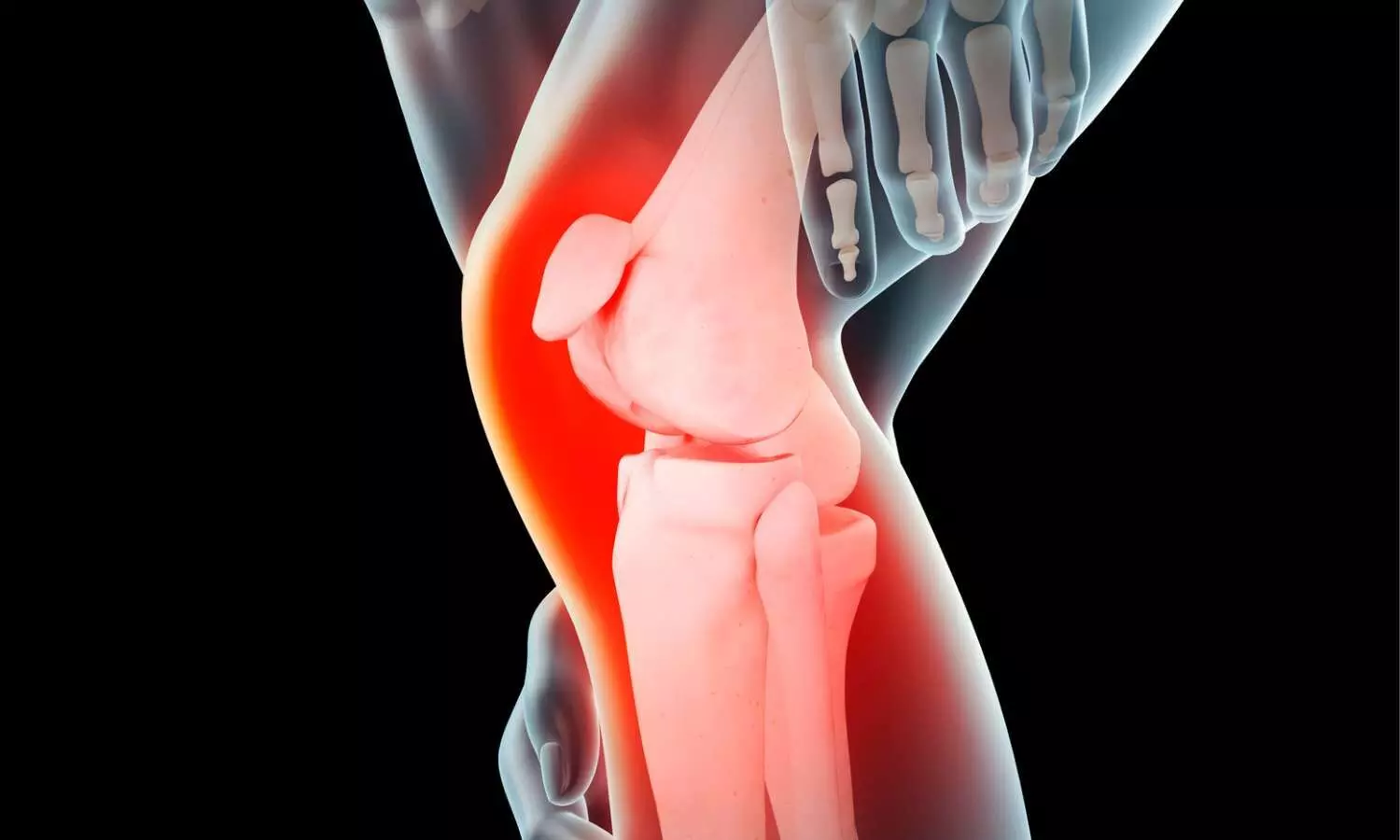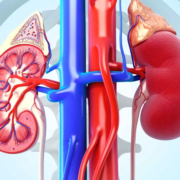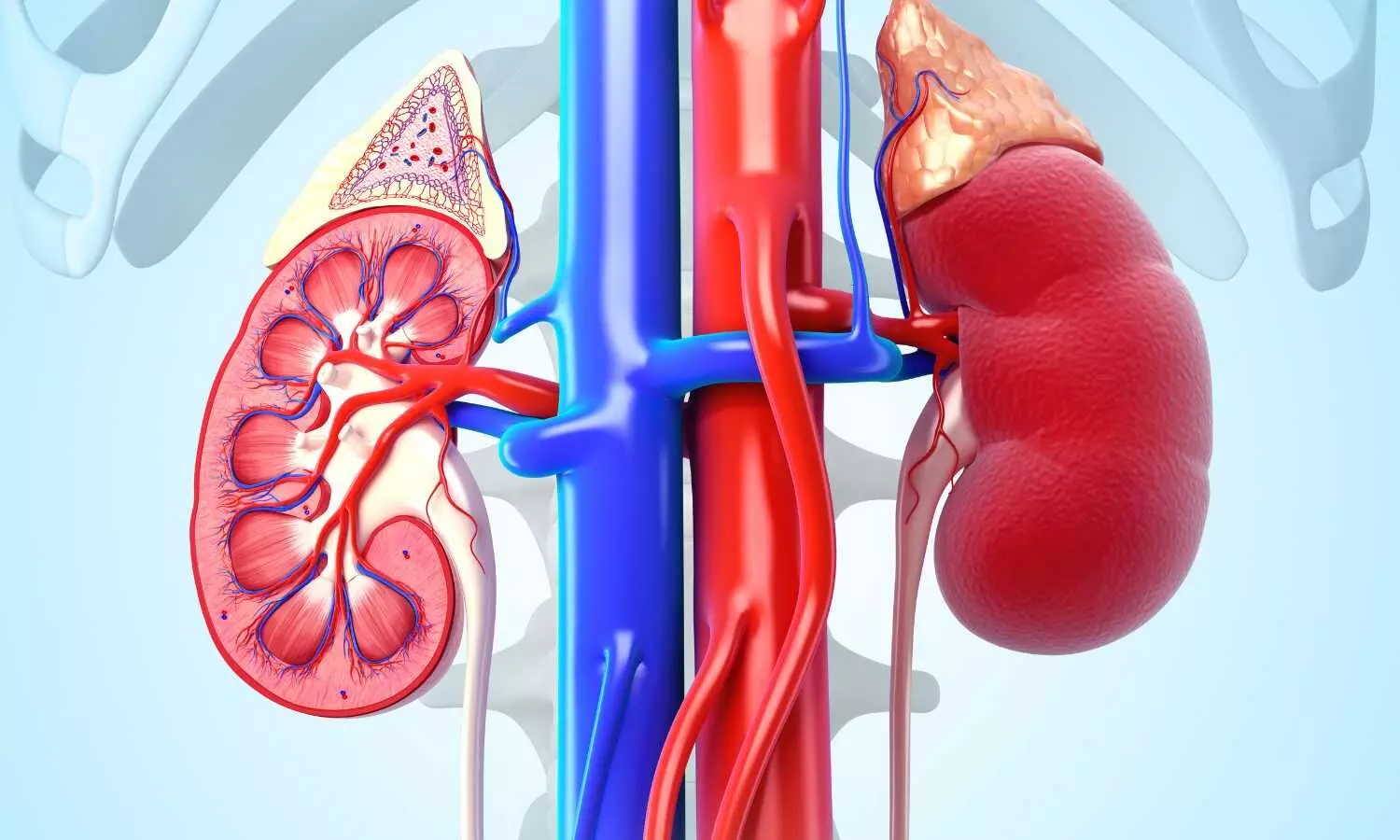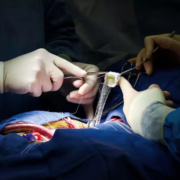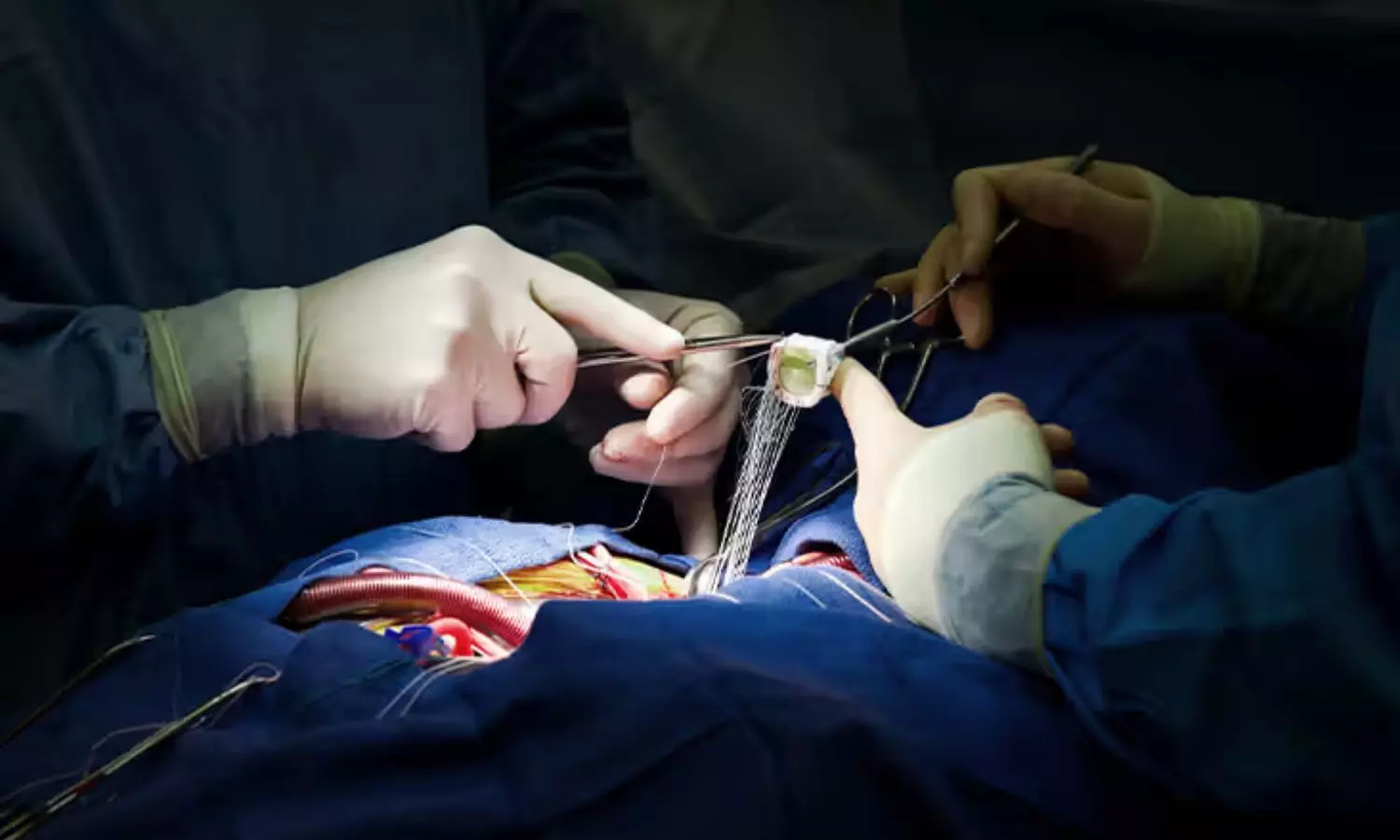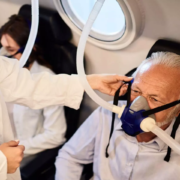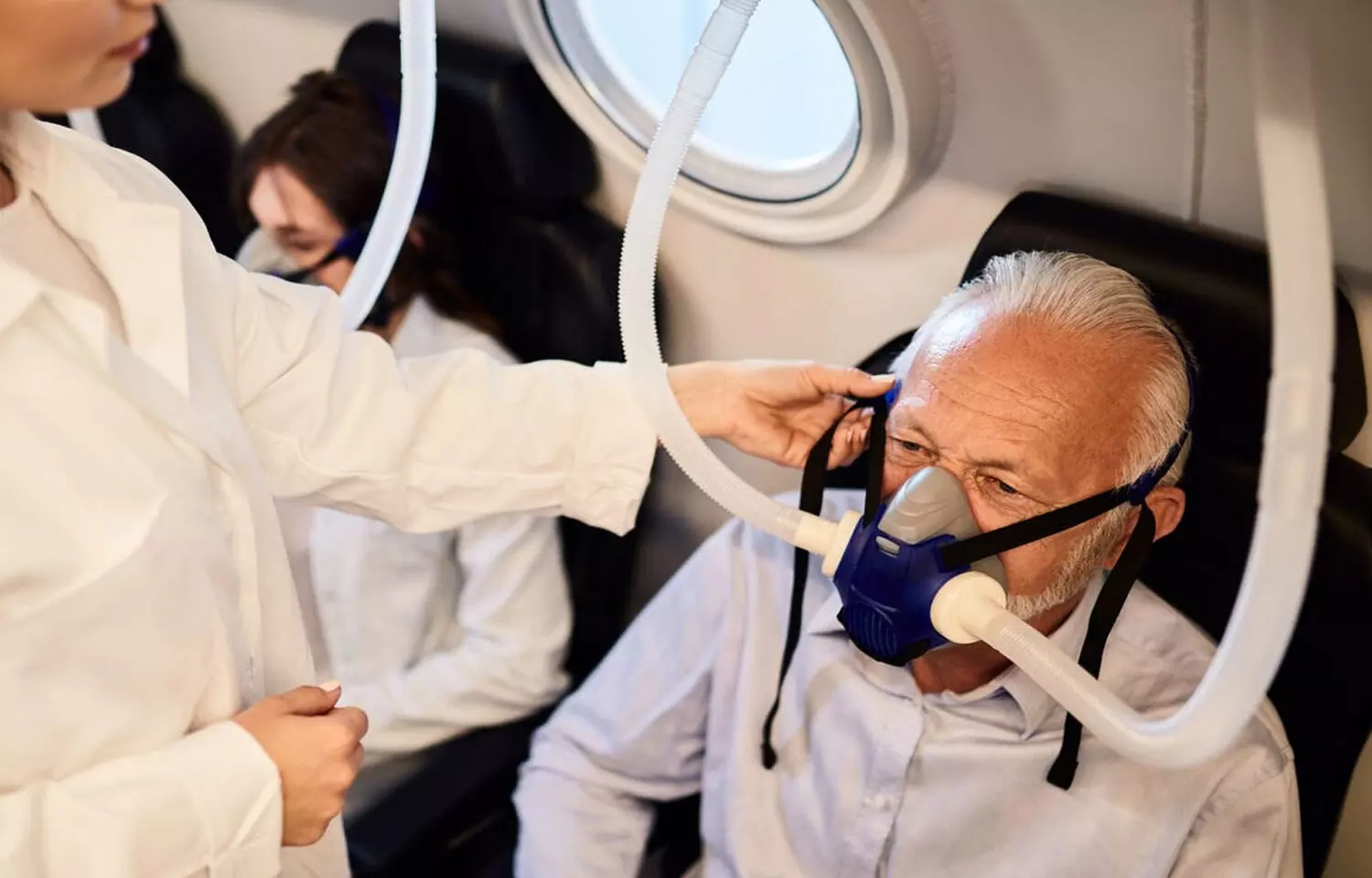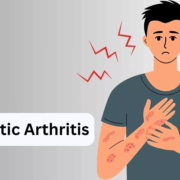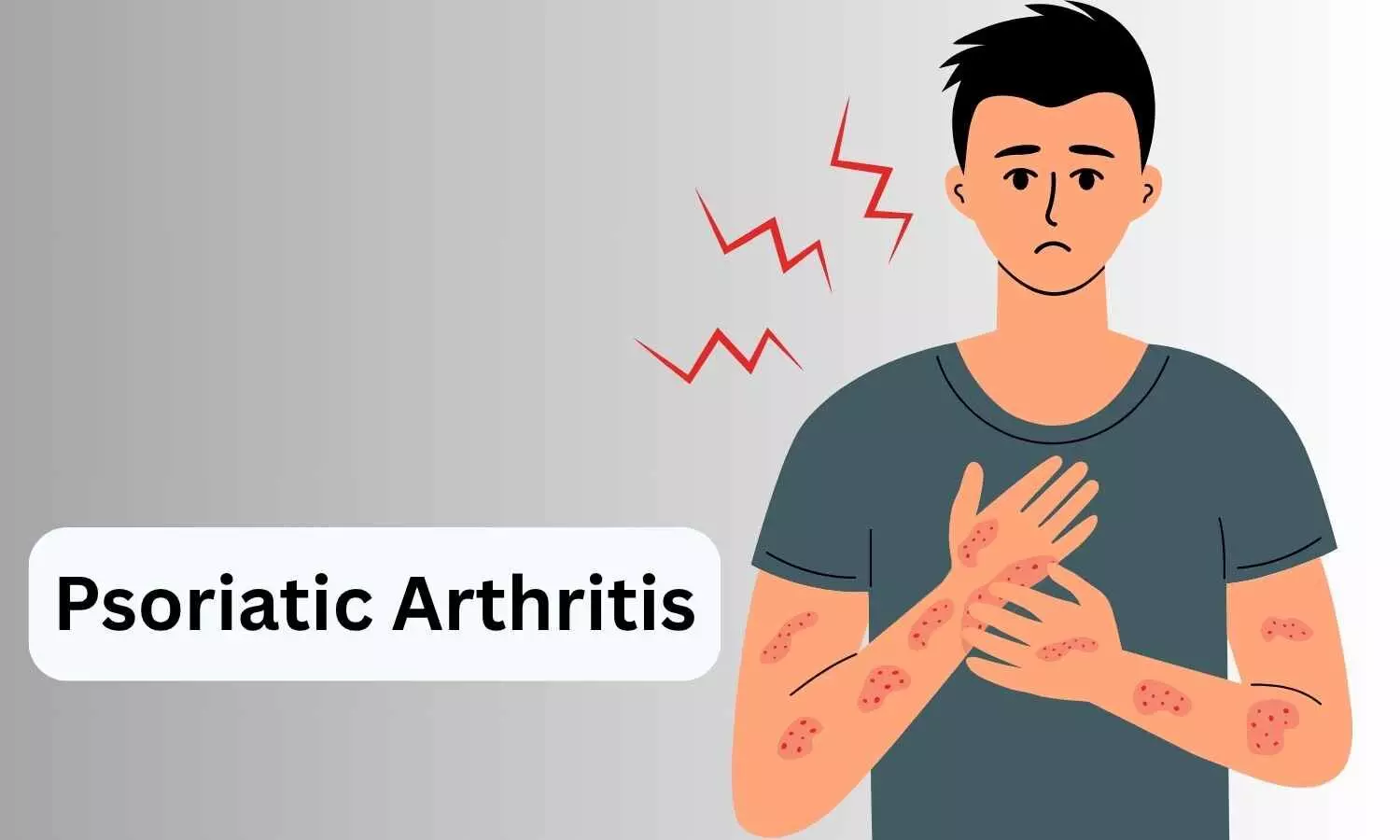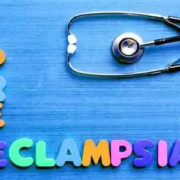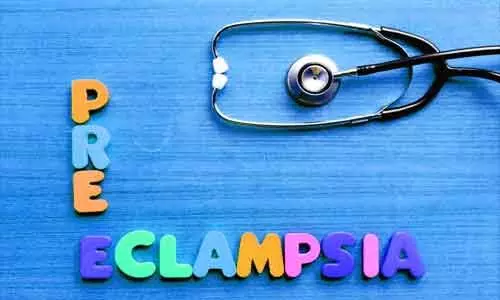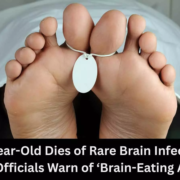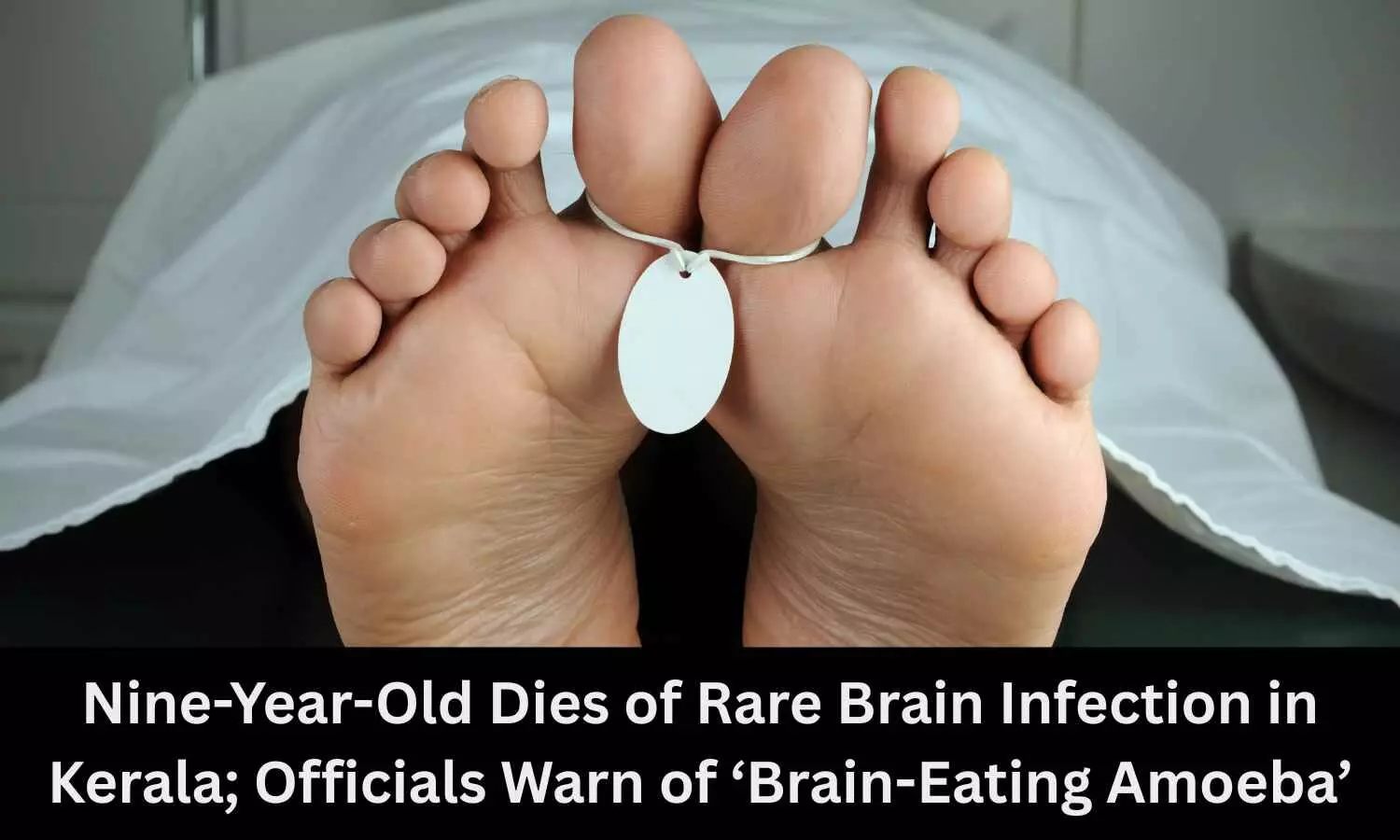IPC 304 A only applicable when doctors commit rash or negligent act: HC relief to doctor
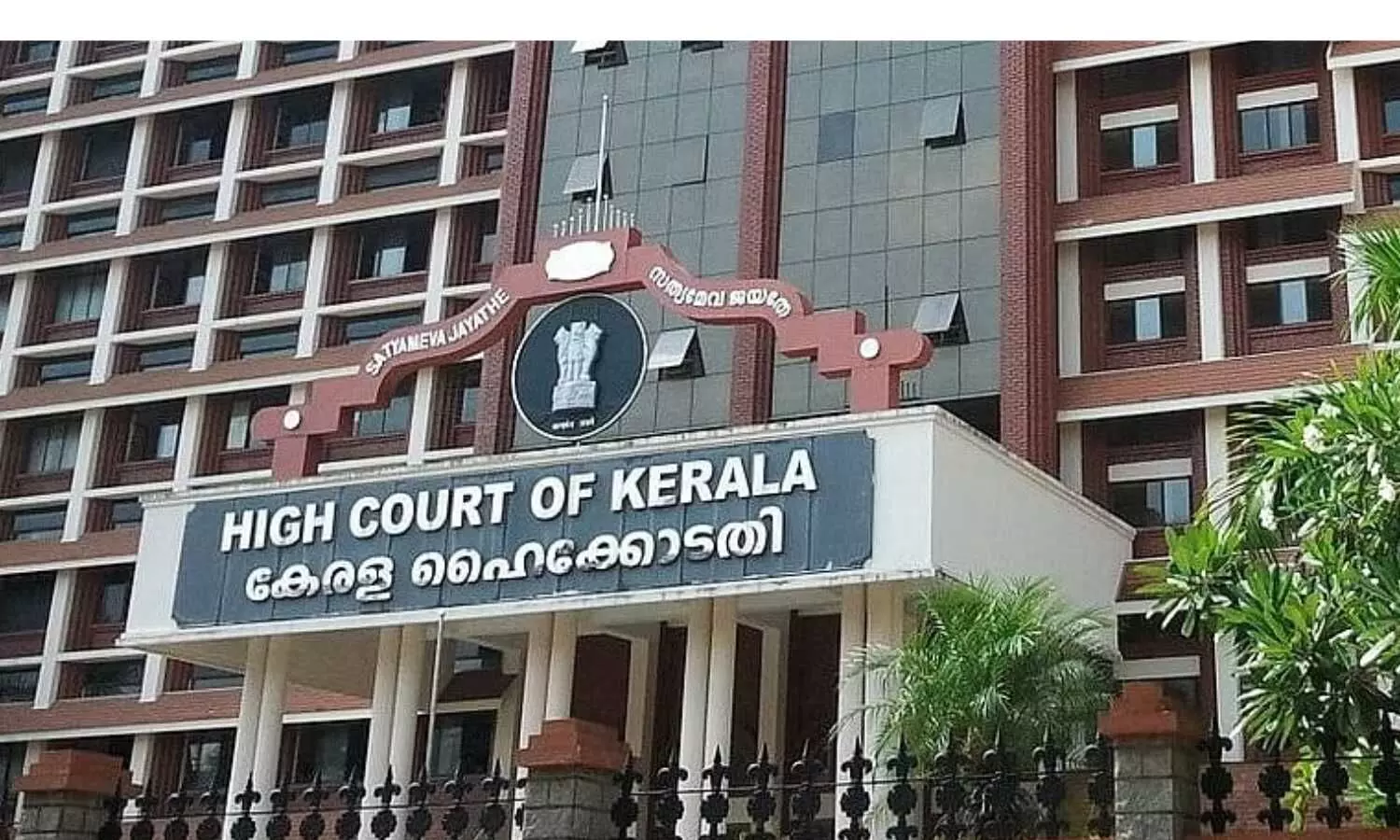
Ernakulam: Quashing the criminal proceedings against a doctor under Section 304 A of the Indian Penal Code, 1860, the Kerala High Court recently observed that a medical practitioner would only be liable under this section if he had committed a rash or negligent act that resulted in the patient’s death.
“The law is thus well laid down that a medical practitioner can be prosecuted for medical negligence only if the procedure/treatment adopted by him is contrary to the general and approved practice. Moreover, for attracting the offence under Section 304A, the doctor should have committed a rash or negligent act,” observed the HC bench comprising Justice V.G. Arun.
“Here it is essential to note that, as far as rash acts are concerned, the criminality lies in running the risk of doing such an act with recklessness or indifference as to the consequences. Criminal negligence on the other hand is the gross and culpable neglect or failure to exercise that reasonable and proper care and precaution to guard against injury, either to the public generally or to an individual in particular which, having regard to all the circumstances out of which the charge has arisen, it was the imperative duty of the accused to have adopted. For attracting the offence under Section 304A, the death must also be the direct or proximate result of the rash or negligent act of the accused,” it further noted.
The plea was filed by the accused, an on-call Medical Officer, seeking quashment of criminal proceedings for medical negligence. The matter concerned a remand prisoner who suffered head injuries after a fall back in January 2021. Even though initially he was treated at local hospitals, due to a lack of beds, he was referred to the Government Medical College Hospital, Kottayam.
After he suffered another seizure, the patient was referred for a neurosurgery consultation, and the Senior Resident examined him and informed the accused doctor about his condition over the phone. The accused doctor advised a CT scan and pre-operative investigations to be prepared for an emergency surgery.
The next day, when the accused’s duty ended at 8:00 a.m., another doctor (co-accused) assumed the charge as the on-call Medical Officer. It was alleged that even though an emergency surgery was advised after the worsening scan results, the procedure was delayed due to the unavailability of the operating theatre. The patient died in the afternoon on the same day, while awaiting surgery.
Consequently, an FIR was registered, and the patient’s death led to public protests alleging custodial torture, promoting a Crime Branch investigation. An Expert Panel was constituted to investigate the complaints against the doctors, and the panel concluded that the patient had not received reasonable medical care while undergoing the treatment. Accordingly, the accused doctors were booked under Section 304 A IPC.
Challenging this, the petitioner doctor filed the plea before the High Court. The accused’s counsel contended that even if the prosecution allegations were accepted, the offence under Section 304-A IPC would not be attracted because the golden hour, as far as a person with seizure was concerned, was six hours and the inordinate delay in providing proper treatment and medication worsened the patient’s condition.
It was argued that by the time the accused doctor was informed about the patient, already 18 hours had elapsed after the first CT-scan, and it was also the peak pandemic period, and the Government advisories prevented the accused from examining the patient physically. Further, the counsel submitted that in the appeal filed by the accused against the Expert Panel Report, the State Level Apex Expert Committee held that there was no gross and culpable negligence by the doctors at the Medical College in giving treatment to the patient.
On the other hand, the Public Prosecutor submitted that the matter was still being investigated and the investigating officer was not bound by the Apex Body’s findings. Therefore, if there were sufficient materials to prove the accused’s complicity, he could be prosecuted for the alleged offence.
While considering the matter, the HC bench opined that while negligence was an omission to do something which a reasonable man, guided upon those considerations which ordinarily regulated the conduct of human affairs, would do, or the doing of something which a prudent and reasonable man would not do, medical negligence occurred when a doctor breached his duty of care, causing harm to a patient.
The HC bench referred to the Supreme Court order in the case of Suresh Gupta (Dr.) v. Govt. of NCT of Delhi, where the Apex Court had held that “for fixing criminal liability on a doctor or a surgeon, the standard of negligence required to be proved must be so high as can be described as ‘gross negligence’ or ‘recklessness’. It was not merely lack of necessary care, attention and skill.”
The findings in the case of Suresh Gupta were affirmed by the Apex Court in the case of Jacob Mathew v. State of Punjab, where the Court observed that “A simple lack of care, an error of judgment or an accident, is not proof of negligence on the part of a medical professional. So long as a doctor follows a practice acceptable to the medical profession of that day, he cannot be held liable for negligence merely because a better alternative course or method of treatment was also available or simply because a more skilled doctor would not have chosen to follow or resort to that practice or procedure which the accused followed. When it comes to the failure of taking precautions, what has to be seen is whether those precautions were taken which the ordinary experience of men has found to be sufficient; a failure to use special or extraordinary precautions which might have prevented the particular happening cannot be the standard for judging the alleged negligence.”
Further referring to other judicial precedent, the HC bench observed that a medical practitioner can be prosecuted for medical negligence only if the procedure/treatment adopted by him is contrary to the general and approved practice. Moreover, for attracting the offence under Section 304A, the doctor should have committed a rash or negligent act.
The HC bench observed that in this case, the allegation against the petitioner doctor was about the failure to provide timely treatment.
“Indisputably, there was delay in bringing the patient to the Medical College Hospital after the first seizure. Even after admitting the patient, petitioner was informed about his condition only by 05:20 am on 13.01.2021. Immediately the petitioner directed to conduct CT scan, since no decision could be taken based on the earlier CT scan, which was conducted many hours back and when the patient was in a much better condition. The CT scan report was received at 07:45 am and the petitioner advised for immediate surgery. The petitioner cannot also be attributed with gross negligence for his failure to examine the patient physically since the Covid related SoPs prevented such examination. Further, the petitioner’s duty time ended by 8 am and the delay in conducting the surgery occurred due to nonavailability of operation theatre. Pertinent in this context to note that the Expert Panel had only opined that the patient had not received reasonable standard of care while under treatment in Government Medical College, Kottayam, without naming any particular doctor. Even that opinion of the Expert Panel has lost its relevance in view of the conclusive unanimous opinion of the State Level Apex Body that there was no gross and culpable negligence from the part of the treating doctors for giving treatment to *** (patient).”
Accordingly, the bench observed that the criminal proceedings against the accused doctor were liable to be quashed. It stated,
“In the light of the above undisputed facts, and in view of the law laid down by the Apex Court, it can unhesitatingly be held that the prosecution of the petitioner for the offence under Section 304A amounts to an abuse of process of court. As held by the Supreme Court in State of Haryana and Others v. Bhajan Lal and Others [1992 SCC (Cri) 426], an FIR is liable to be quashed when the allegations, even if accepted in their entirety, do not make out the ingredients for constituting the offence alleged against the accused.”
“For the aforementioned reasons, the Crl.M.C is allowed. FIR and all further proceedings against the petitioner in Crime No.10 of 2021 of the Crime Branch, CU-II Unit, Ernakulam are quashed,” the HC bench further noted.
To view the order, click on the link below:
https://medicaldialogues.in/pdf_upload/kerala-hc-ipc-304-a-298145.pdf
Powered by WPeMatico

